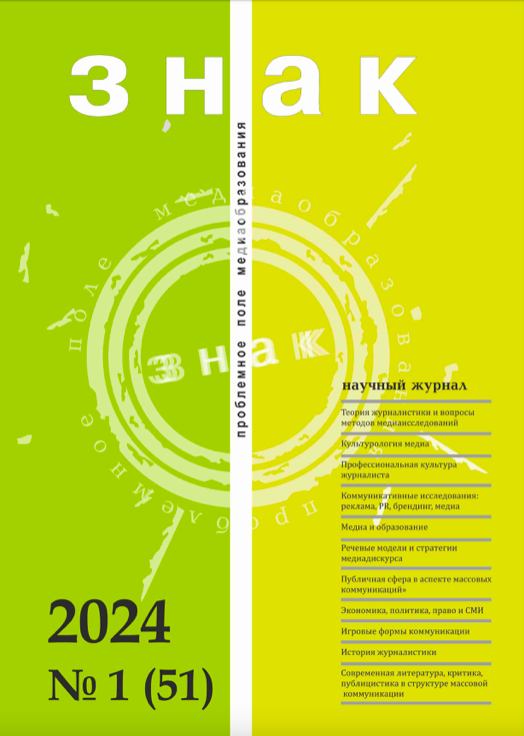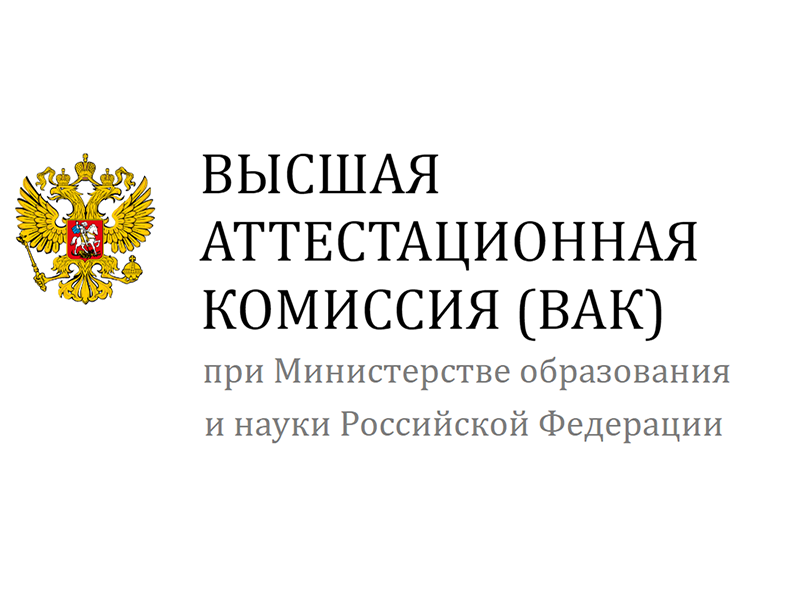Interaction with a memorial landscape as a communicative practice (using the example of the Arkaim Historical and Archaeological Museum)
DOI:
https://doi.org/10.47475/2070-0695-2024-51-1-88-96Keywords:
Arkaim, forms of tourist activity, materialized identityAbstract
The article presents the main statistical results of surveys conducted in the summer of 2023 on the territory of the Chelyabinsk State Historical and Archaeological Museum-Reserve “Arkaim”. Exploring the forms of materialization of different types of identity, a team of scientists focused on the specifics of the interaction of visitors with a large object, which is a memorial landscape: a significant area of steppe space, adapted to meet the various needs and interests of visitors, focused on “meeting with antiquity”, interpreted as historical heritage, and as an “energy center”. By communicative practice (following R. T. Craig), the article understands ordered interaction that has a certain cultural frame (“cultural concept of communication”, according to Craig). A survey of visitors (N=443) made it possible to answer a number of research questions related to visiting Arkaim as a communicative practice: 1) the gender and age characteristics of visitors were determined; 2) the main features of organizing a trip to Arkaim have been established; 3) the motivation for coming to the museum-reserve was identified; 4) the general structure of visitor activity during a visit to the monument was determined. The results obtained are aimed, on the one hand, at clarifying ideas about the development of memorial landscapes and the specifics of the interaction of tourists with large spatial objects, and on the other hand, at obtaining scientifically based information about the connection between tourist activity and motivation. The study will make it possible to make adjustments to the strategies of the actors responsible for the development of this territory.
Acknowledgments: The study was Supported by the Russian Science Foundation and Chelyabinsk region, No 23-18-20098, https://rscf.ru/en/project/23-18-20098/
References
Kartavykh, I. S. & Golovikhin, S. A. (2023). Perspektivy razvitiya turisticheskoy otrasli na Yuzhnom Urale [Prospects for the development of the tourism industry in the Southern Urals]. Upravleniye, ekonomika i obshchestvo: problemy i puti razvitiya. Chelyabinsk: Chelyabinskiy gosudarstvennyy universitet Publ., 5–77. (In Russ.).
Kiselev, D. G. (2023). Kommunikativnyye kul'turnyye praktiki osvoyeniya memorativnykh landshaftov (na primere Arkaima) [Communicative cultural practices of developing memorial landscapes (using the example of Arkaim)]. Znak: problemnoe pole mediaobrazovanija, 4 (50), 85–88. https://doi.org/10.47475/2070-0695-2023-50-4-85-88. (In Russ.).
Kupriyanova, Ye. V. (2021). Arkaim: rozhdenie legendy : monograph [Arkaim : the birth of the legend : monograph]. Chelyabinsk : Kraj Ra. 224 p. (In Russ.).
Simakova, S. I. (2023). Arkaim kak element simvolicheskogo kapitala Chelyabinskoy oblasti [Arkaim as an element of the symbolic capital of the Chelyabinsk region]. Znak: problemnoe pole mediaobrazovanija, 4 (50), 112–118. https://doi.org/10.47475/2070-0695-2023-50-4-112-118. (In Russ.).
Sokovikov, S. S. (2014). Problemy istoricheskoy pamyati i aktual'nyye sotsiokul'turnyye konteksty arkheologicheskogo pamyatnika [Problems of historical memory and current sociocultural contexts of an archaeological monument]. Vestnik Chelyabinskoy gosudarstvennoy akademii kul'tury i iskusstv, 2 (38), 39–44. (In Russ.).
Sokovikov, S. S. & Kaminskaya, E. A. (2023). Spontaneous Hierotopia in Modern Myth-Making: The Case of Arkaim. Observatory of Culture, 20 (6), 658–668. https://doi.org/10.25281/2072-3156-2023-20-6-658-668. (In Russ.).
Shnirel'man, V. A. (2011). Arkaim: arkheologiya, ezotericheskiy turizm i natsional'naya ideya [Arkaim: archeology, esoteric tourism and national idea]. Antropologicheskiy forum, 14, 133–167. (In Russ.).
Shub, M. L. (2022). Memorial'naya identichnost' v strukture lokal'noy identichnosti zhiteley industrial'nykh gorodov Yuzhnogo Urala [emorial identity in the structure of local identity of residents of industrial cities of the Southern Urals]. Diskurs-Pi, 19 (2), 2–87. (In Russ.).
Chirila, A. (2023). Pilgrim-Tourists: Tourism and the Spiritual Experience. Analele Ştiinţifice ale Universităţii» Alexandru Ioan Cuza «din Iaşi. Teologie Ortodoxă, 28 (1), 43–72.
Craig, R. T. (2005). Communication as practice. Communication as ...: Perspectives on Theory, Gregory J. Shepherd, Jeffrey St. John, Ted Striphas (eds). SAGE Publications, 38–49.
Hecht, M. (1993). 2002-A Research Odyssey: Toward the Development of a Communication Theory of Identity. Communication Monographs, 60, 76–82. https://doi.org/10.1080/03637759309376297.
Hecht, M., Warren, R. J., Jung, E., Krieger, L. J. (2004). Communication Theory of Identity. Theorizing About Intercultural Communication, W. B. Gudykunst, ed. Thousand Oaks, CA: Sage.
Iakovaki, E., Konstantakis, M., Teneketzis, A. & Konstantakis, G. (2023). Analyzing Cultural Routes and Their Role in Advancing Cultural Heritage Management within Tourism: A Systematic Review with a Focus on the Integration of Digital Technologies. Encyclopedia, 3, 1509–1522. (preprint).
Ivashchenko, Y. S. & Ivanov, A. A. (2023). Dynamics of Communicative Practices in Siberian Neo-Shamanism. Sibirica, 22 (3), 37–56.
Yang, Y. & Shen, H. (2024). Digital marketing practices in tourism: advances in the cultural heritage of China. Handbook of Experience Science. Edward Elgar Publishing, 222–236.
Downloads
Published
How to Cite
Issue
Section
License
Copyright (c) 2024 Znak: problemnoe pole mediaobrazovanija

This work is licensed under a Creative Commons Attribution-NonCommercial-NoDerivatives 4.0 International License.




